In the hidden world beneath our feet, ant colonies operate with a precision that puts human organizations to shame. These tiny architects have perfected the art of division of labor over 150 million years of evolution, creating societies where every member plays a crucial role without centralized control. The sophistication of their systems continues to astonish scientists studying swarm intelligence and decentralized networks.
The birth of specialization begins with the very architecture of an ant colony. Unlike human societies where roles are often assigned based on merit or choice, ants have their careers biologically predetermined. Worker ants emerge from their pupal stage with their future already written in their exoskeletons - their body size, glandular secretions, and even brain chemistry prepare them for specific tasks. Some will become foragers, their legs slightly longer for covering ground, while others develop stronger mandibles for defense or nursing duties.
What fascinates researchers most is how these roles change throughout an ant's lifespan. Younger workers typically care for the queen and brood in the nest's deepest chambers. As they age and their glands develop, they transition to maintenance work, then finally to the dangerous foraging missions outside. This temporal polyethism ensures that the colony always has the right ratio of nurses, cleaners, and hunters without any managerial oversight.
Communication forms the backbone of ant cooperation. While humans rely on verbal language, ants have perfected chemical signaling through pheromones. A single foraging ant discovering a food source lays down an invisible trail that hundreds can follow within minutes. The strength of the pheromone signal corresponds to the quality of the find - a sophisticated rating system evolved before human technology existed. When danger appears, alarm pheromones trigger immediate defensive responses while recruitment pheromones can summon an army of workers to move large prey or defend the nest.
The colony's decision-making process represents a marvel of distributed intelligence. When house-hunting ants need to relocate their colony, scout ants don't report back to some central authority. Instead, they literally lead other scouts to potential sites through a process called tandem running. As more ants visit and approve of a location, the recruitment intensifies until a quorum is reached. Only then does the entire colony mobilize. This democratic process prevents any single ant's bias from controlling the group's fate.
Agricultural innovations among ant species reveal astonishing parallels to human development. Leafcutter ants operate the most complex food production system outside of human agriculture. Different worker castes collaborate in an assembly line - some cut vegetation, others carry the fragments, smaller workers ride on the leaves to protect against parasitic flies, while miniature gardeners underground chew the leaves into compost to grow their fungal crops. These fungus gardens require constant maintenance of humidity and temperature, with waste management systems including dedicated garbage worker ants and underground refuse chambers.
Defense strategies vary dramatically between species but always demonstrate perfect coordination. Weaver ants use their larvae as living glue guns to bind leaves together for nests, while honeypot ants employ living food storage in the form of swollen workers that dispense nectar during droughts. Army ants take coordination to terrifying levels - their massive raiding parties move as a single organism, with specialized "porters" that carry other workers to optimize the swarm's speed. The columns maintain perfect spacing through constant antenna contact, creating fluid patterns that resemble mercury flowing across the forest floor.
The queen's role defies human expectations of monarchy. Rather than governing, her sole function is reproduction - she's essentially an egg-laying machine tended by workers. In many species, if the queen dies, workers can sometimes take over egg-laying (though their unfertilized eggs only produce males). Some colonies even practice polygyny, maintaining multiple queens simultaneously. The true power lies with the workers, who collectively decide when to replace an underperforming queen or when the colony should split through swarming.
Recent studies reveal that ant colonies possess something akin to a collective memory. Information about food sources, threats, and nest conditions persists even as individual ants die and are replaced. This "social memory" emerges from the constant interactions between ants and their environment. The entire colony learns and adapts over time, with older, more experienced workers playing crucial roles in guiding younger nestmates during critical tasks like long-distance navigation.
Human applications of ant colony organization are already transforming our world. Computer scientists have developed ant colony optimization algorithms that solve complex routing problems for delivery networks and telecommunications. Urban planners study ant nest architecture for inspiration in designing self-cooling buildings. Even disaster response teams have adapted ant-inspired swarm strategies for search-and-rescue operations in collapsed structures where centralized control proves impossible.
As climate change alters ecosystems, ants demonstrate remarkable resilience through their flexible social structures. Some species adjust their worker caste ratios in response to environmental changes - producing more large workers during droughts or more soldiers when predator populations increase. This biological plasticity, honed over millennia, offers lessons for human societies facing unprecedented environmental challenges.
The humble ant continues to humble human arrogance about our societal achievements. Their cities operate without leaders, their economies function without currency, and their survival strategies have outlasted dinosaurs and ice ages. Perhaps the most profound lesson lies in their complete dedication to the collective good - every action, every chemical signal, every sacrifice serves the colony above all. In an age of human individualism, the ants remind us that cooperation, not competition, may be nature's greatest survival strategy.
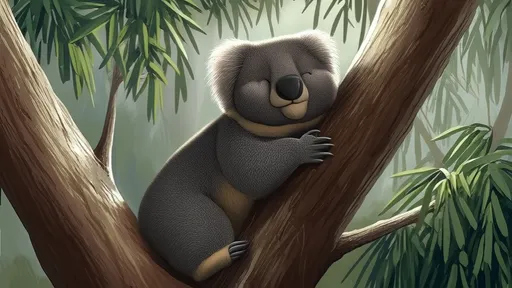
By /Aug 4, 2025
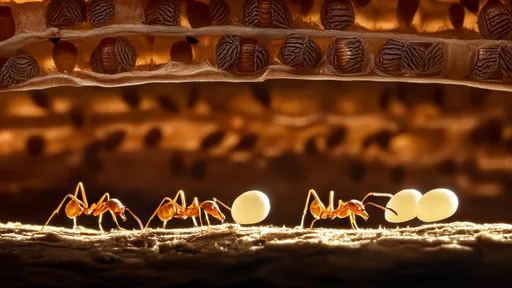
By /Aug 4, 2025
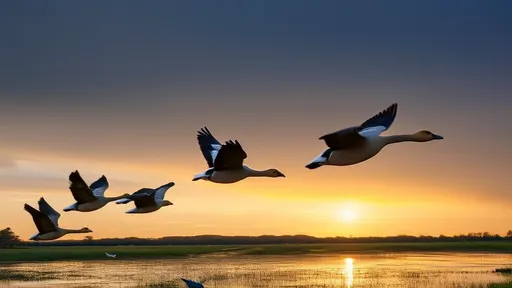
By /Aug 4, 2025
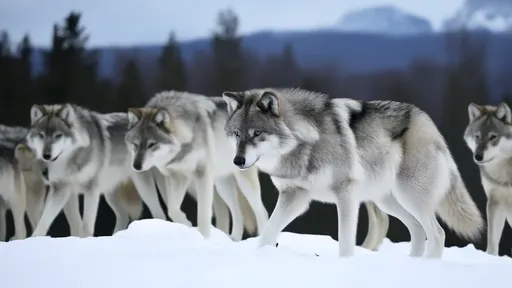
By /Aug 4, 2025
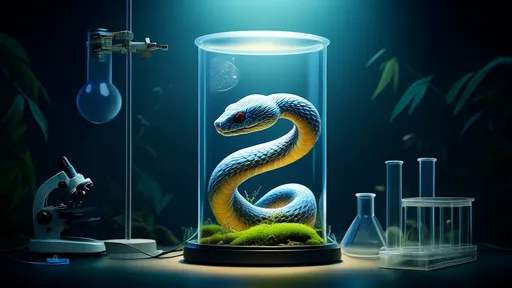
By /Aug 4, 2025
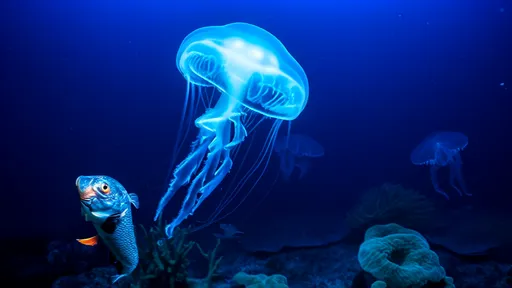
By /Aug 4, 2025
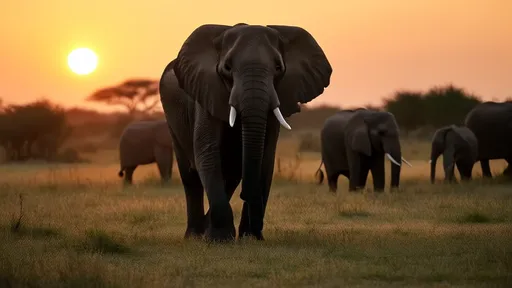
By /Aug 4, 2025
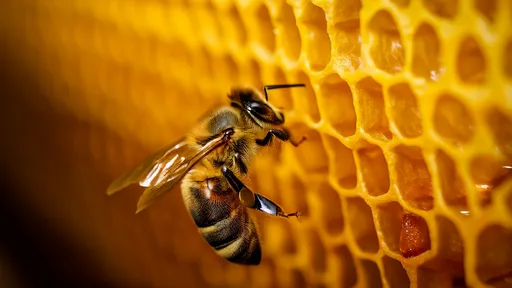
By /Aug 4, 2025
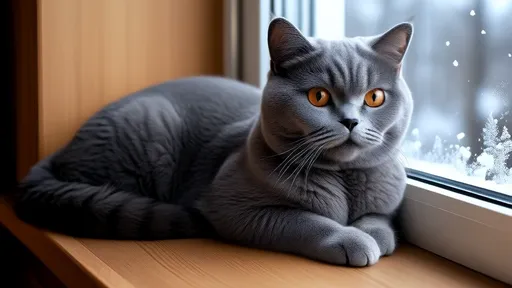
By /Aug 4, 2025
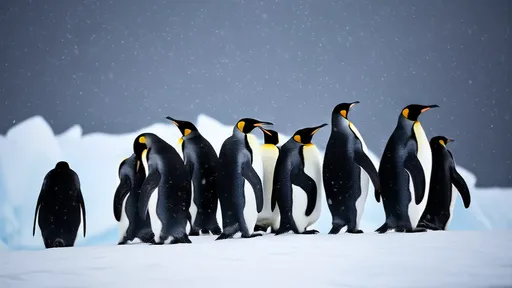
By /Aug 4, 2025
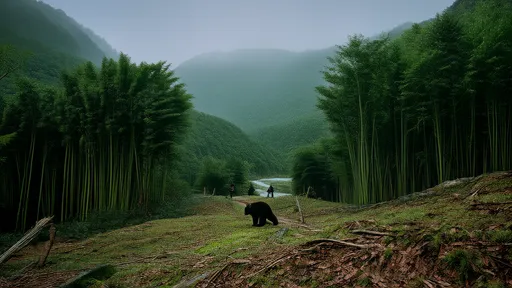
By /Aug 1, 2025

By /Aug 1, 2025

By /Aug 1, 2025
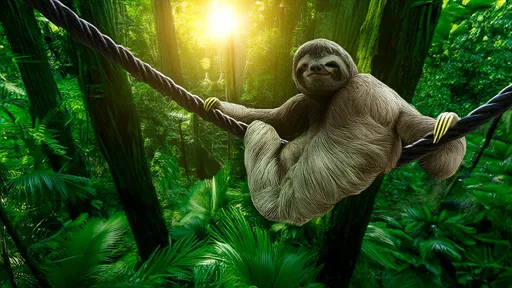
By /Aug 1, 2025
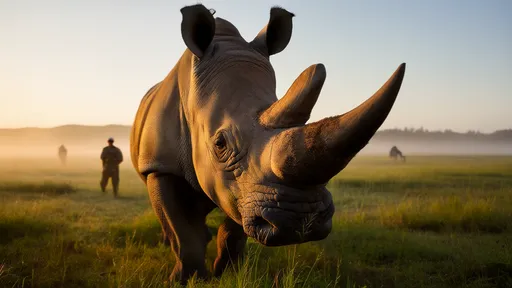
By /Aug 1, 2025
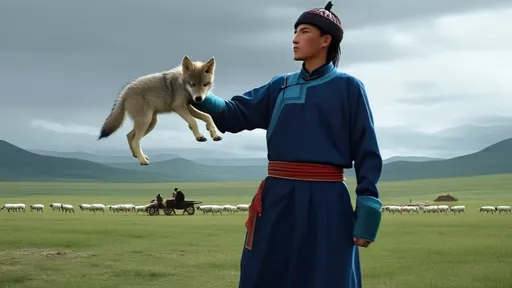
By /Aug 1, 2025
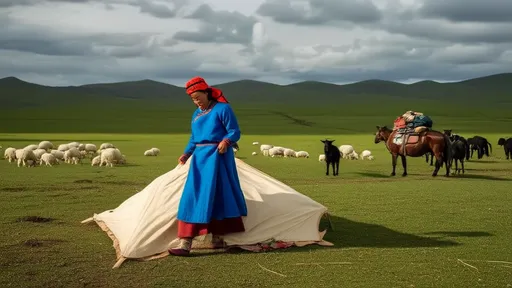
By /Aug 1, 2025
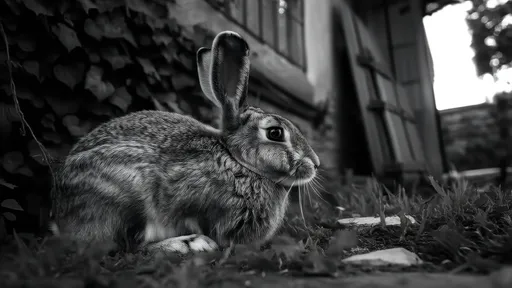
By /Aug 1, 2025

By /Aug 1, 2025

By /Aug 1, 2025